A salmon farm in Auburn sees locally raised, land-based salmon as a way of the future for the seafood industry to rely less on imports.
“Norway and Chile are the big suppliers of commodity salmon and all that gets flown in by air cargo, so it’s really a pretty heavy carbon footprint on supply chain,” said Michael Fabbro, CEO of LocalCoho in Auburn.
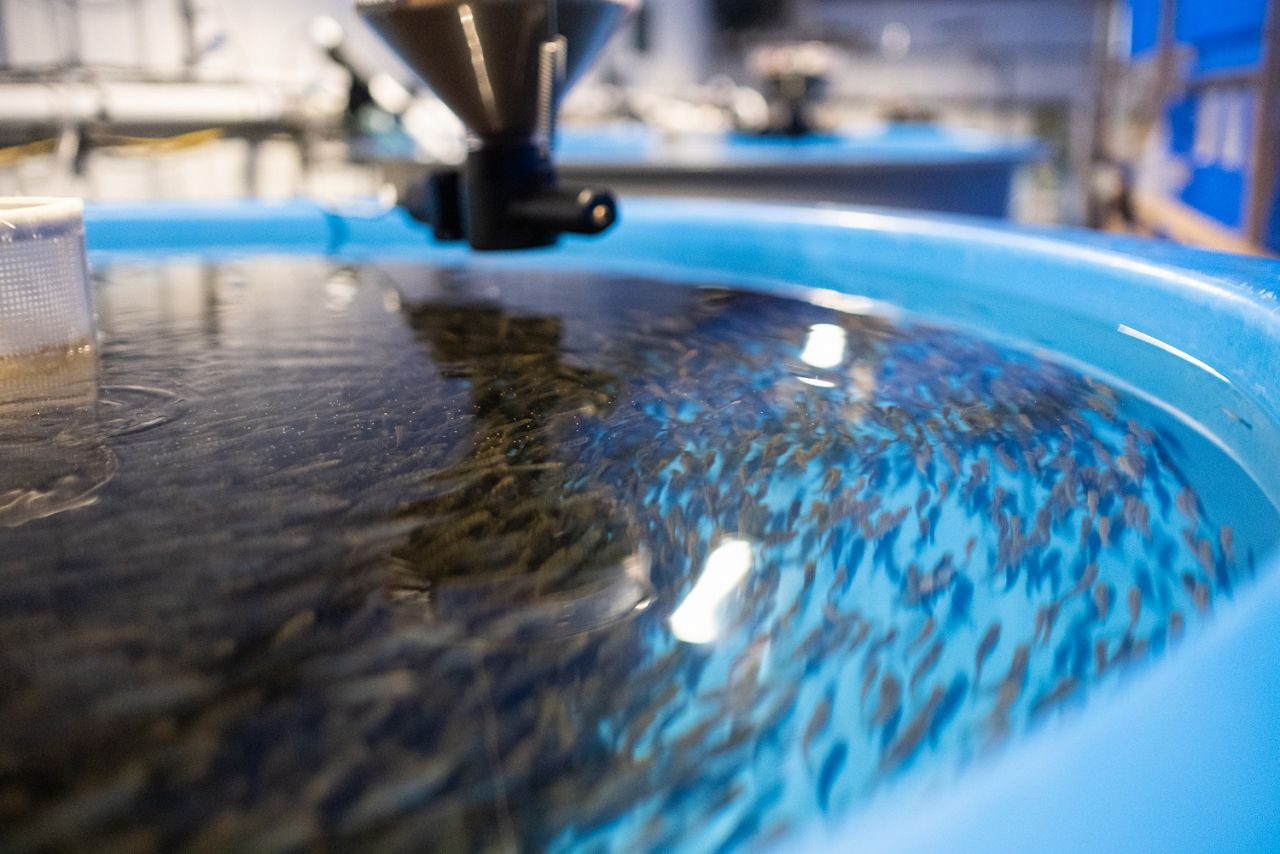
Eighty percent of seafood consumed in the United States is imported. China and Norway are the top exporters of seafood, according to data from the U.S. Department of Agriculture.
“It’s really challenging when your food supply relies on external sources, so if we could onshore the production of food by supporting this kind of farming technology, the country could benefit a lot from that,” said Andre Bravo, Coho’s chief operating officer.
The business was founded in 2018 and produced roughly 115,000 fish last year. They sell their salmon to seafood distributors within 400 miles of their pilot facility.
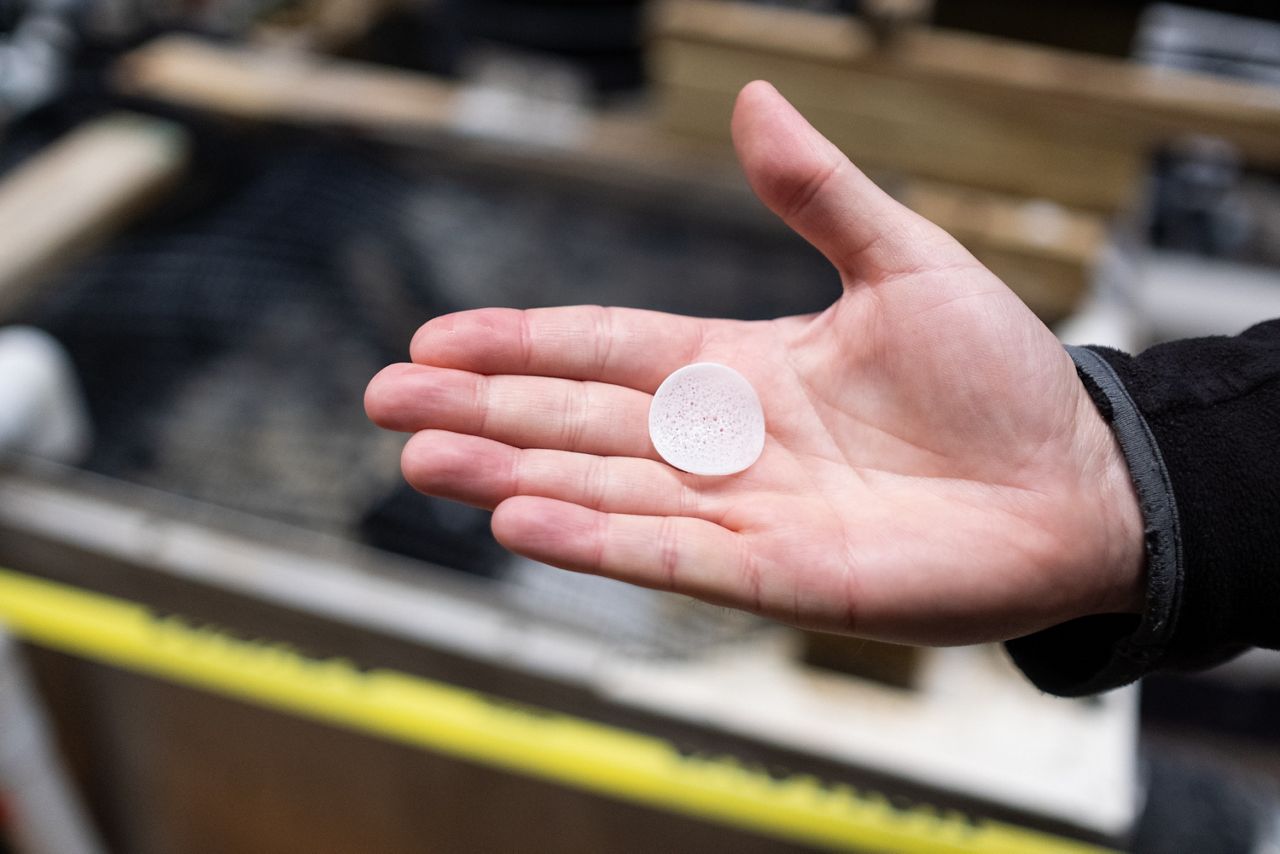
The life cycle of the fish begins with eggs from a breeder in Washington state. The facility is certified disease-free, but they still go through a quarantine period until they weigh about one gram.
“After the eggs hatch, they become little fingerlings, so they live in the nursery tanks and then from there they move to our juvenile system where they live for roughly seven months or so until they start to smolt,” Fabbro said.
The smolt stage is when their bodies go through physiological changes where they would be preparing to go out to sea.
“Then they go to our main system that has the raceways where they will spend the rest of their lives. Our target is about an 18-month cycle,” Fabbro said.
The Coho salmon are then harvested using a traditional Japanese technique that minimizes pain and stress on the animal.
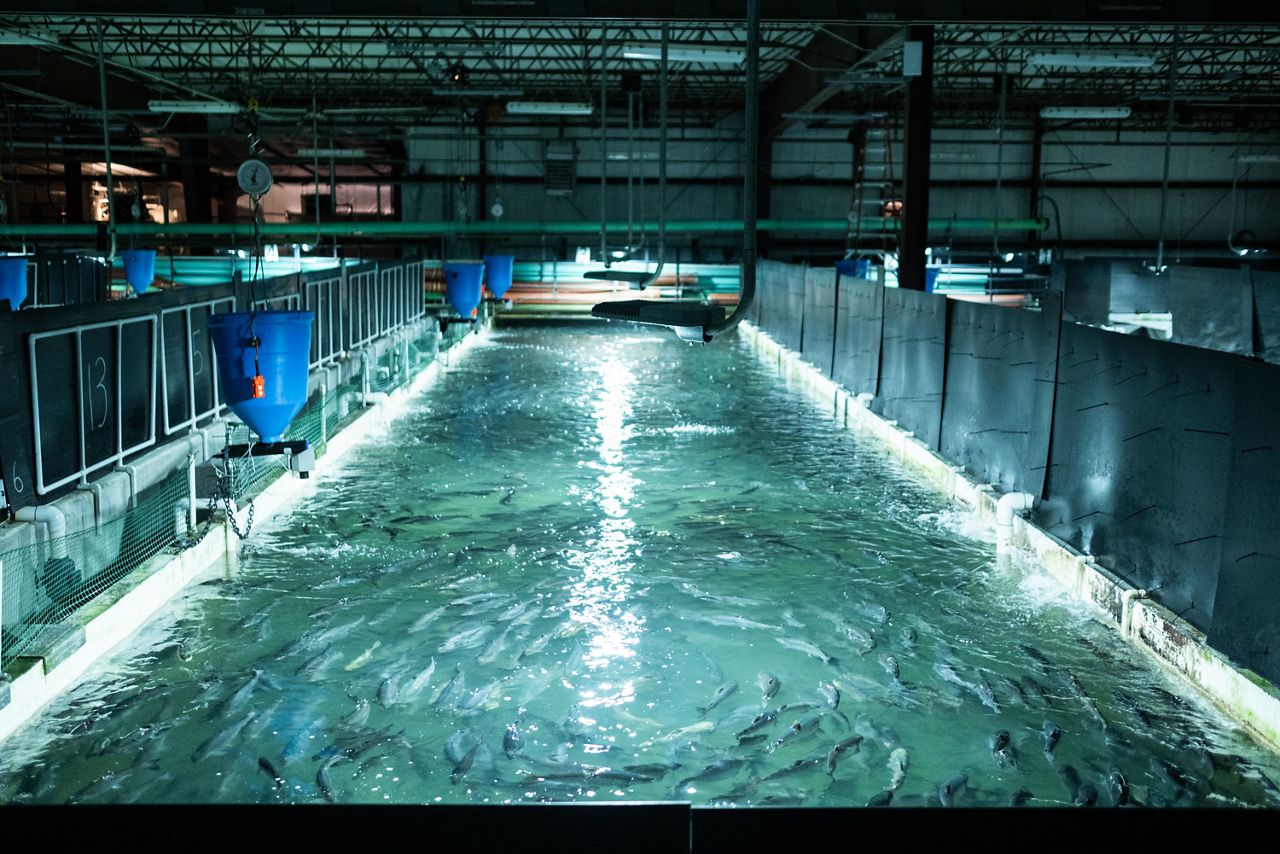
“When they would catch a fish, they would spike the head, spike the brain to euthanize the fish, so it is no longer feeling pain or stress,” Fabbro said.
Bravo said there are a few things they do to ensure their fish tastes good.
“The quality of the feed is really important. If you use the wrong kind of feed, that will impact the flavor. If the feed is not stored properly and the lipid is oxidized, that will give the fish a rancid flavor as well,” Bravo said.
Additionally, salmon in the wild have variable nutritional profile and therefore variable flavor profiles, Bravo said.
“They will be leaner or fatter because they are getting ready to spawn or they are getting ready to do something else, so their feed content in the body changes throughout the year and what they eat also changes,” he said.
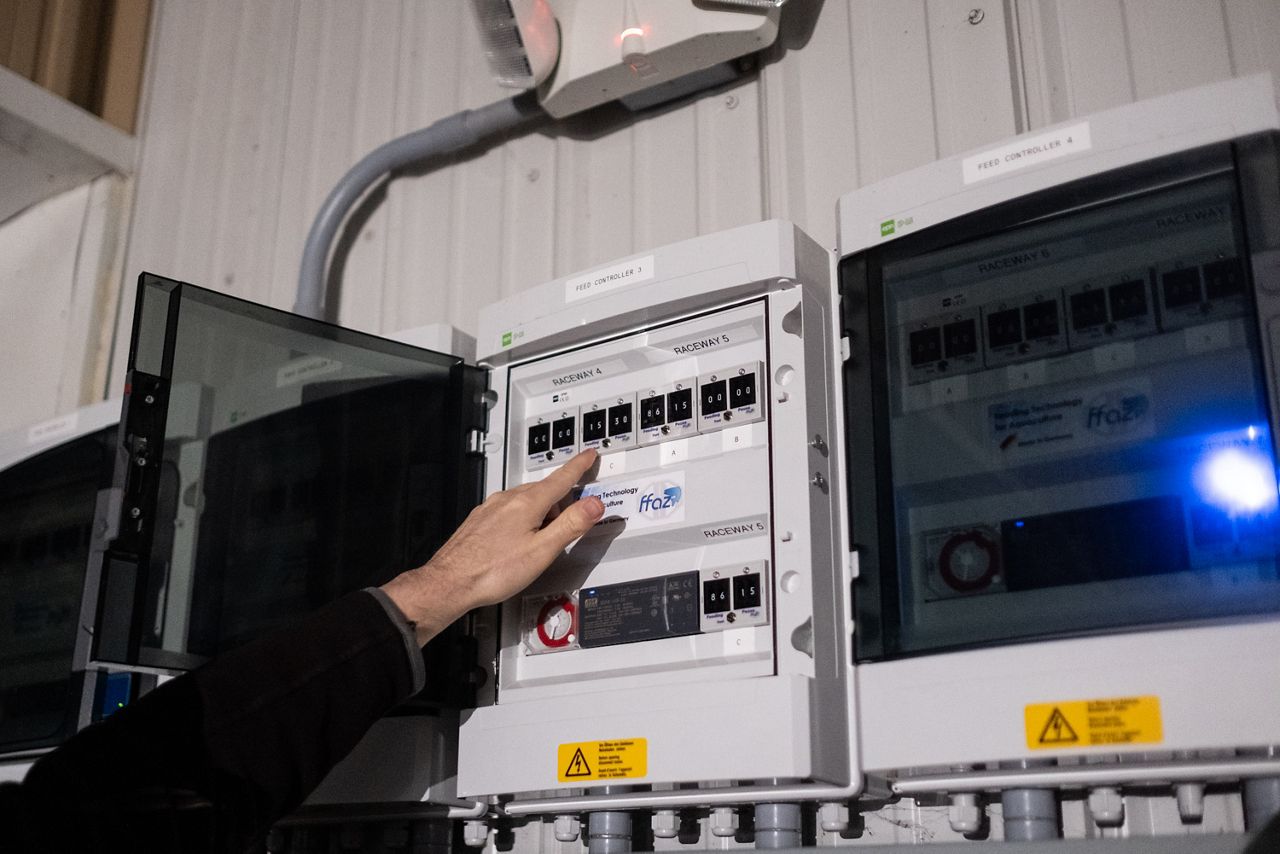
In a land-based system, they can control everything the salmon interacts with, so they are raised in a stable environment.
“We control all the environments so the risks that our fish will have any sort of contaminant is far lower compared to wild caught fish or fish farmed in a more traditional way in a floating net,” Bravo said.
They use a recirculating aquaculture system that reuses the water after the fecal matter and other contaminants are removed.
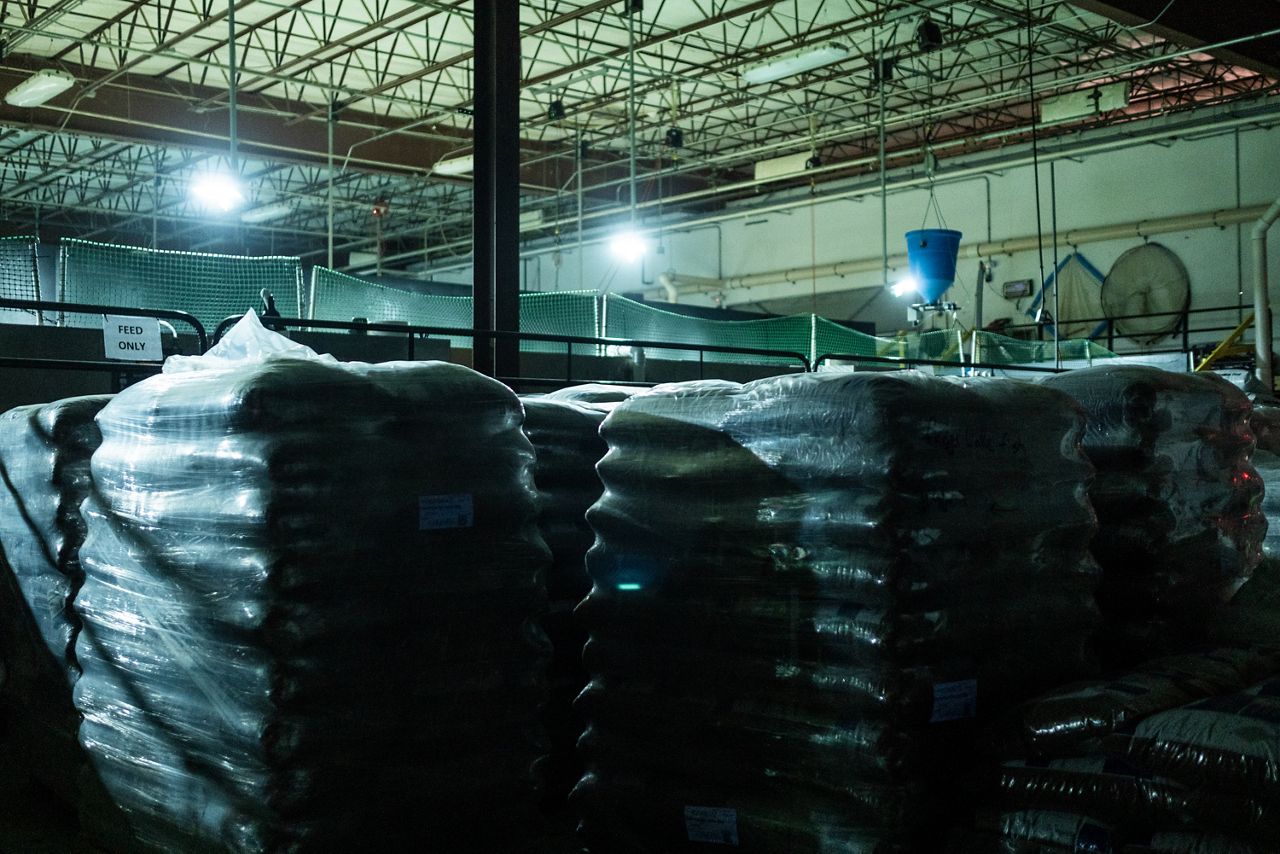
“We use city water; we need to de-chlorinate the water because chlorine is bad for the fish, so we need to remove that. We replace anywhere between 10 to 20% of the water each day,” Bravo said.
In other words, it would take five to 10 days to fill up the facility and once it is used, the water is discharged to the city’s sewer line then goes to the wastewater treatment plant. However, they want to improve this in the future.
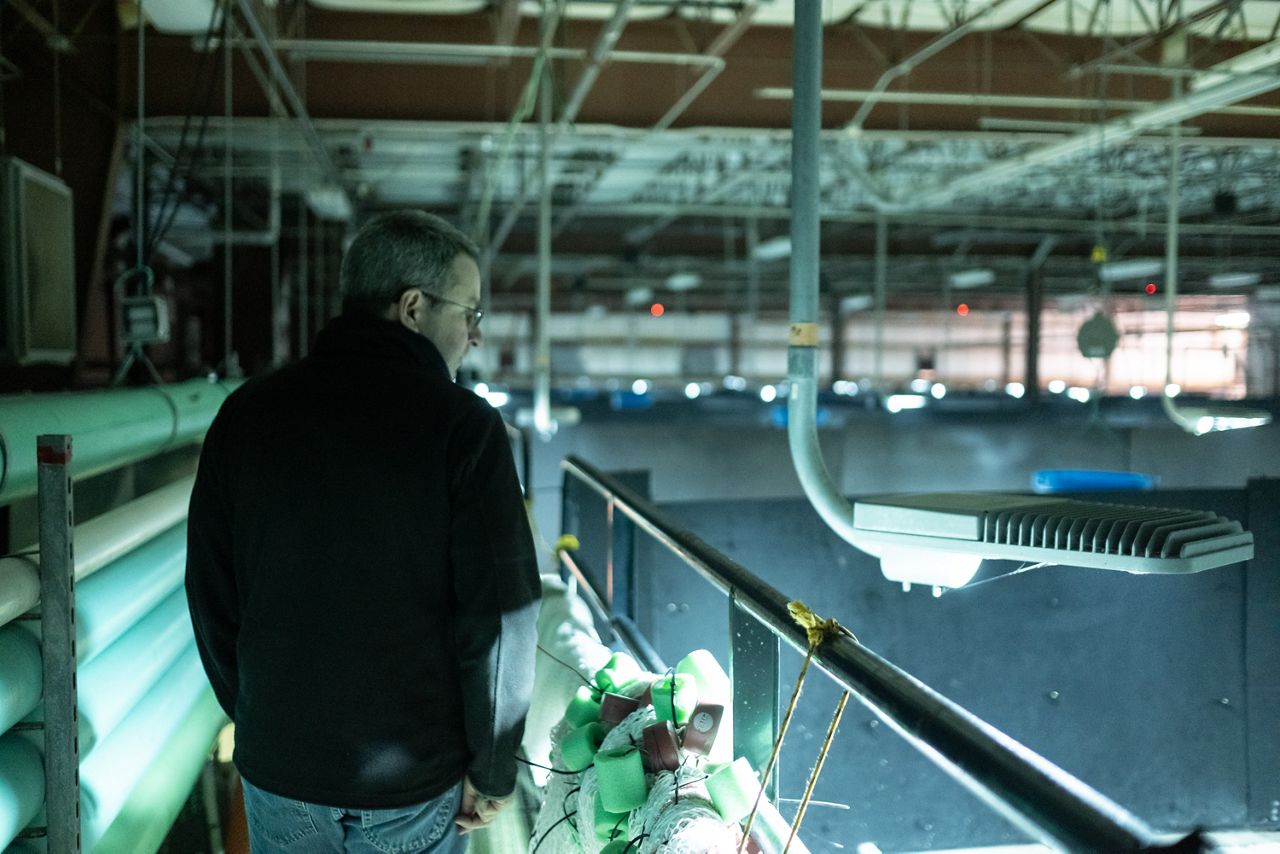
“Our concept is to treat the effluent on site so that whatever we are sending to the sewer line is much cleaner and we are retaining the organic portion, which can be used for different applications like organic fertilizer for field crops,” Bravo said.
The challenge of expanding these facilities is related to operating the technology.
“There aren’t a lot of people with experience in running these kinds of farms, not just in the U.S. but in the world, so that is a key pain point for new entrants. There are a lot of moving parts and they all interconnect,” Bravo said.



